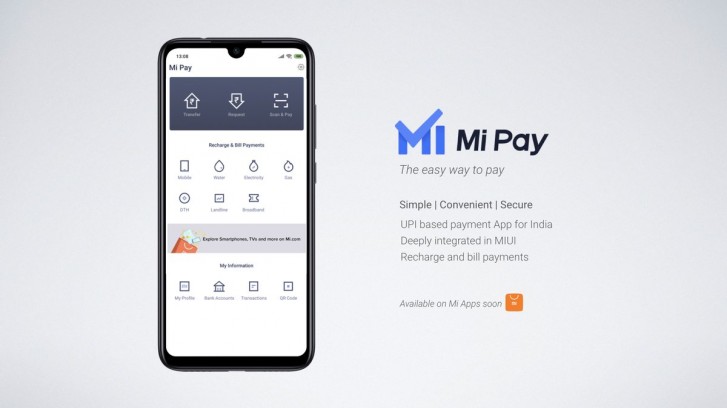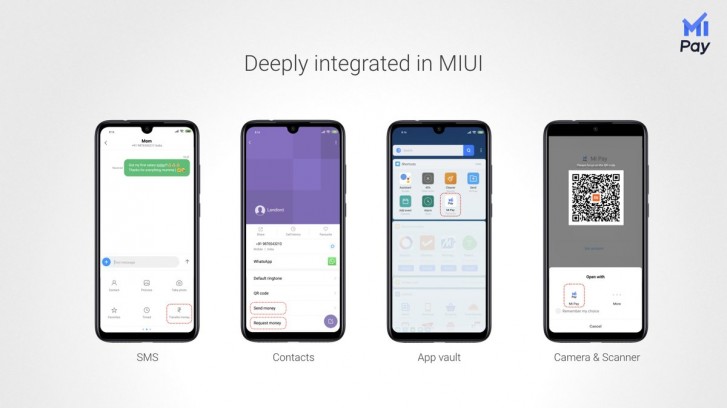Xiaomi took the wraps off its first Android Go smartphone dubbed Redmi Go on Tuesday in India. The Redmi Go wasn’t the only product unveiled as the Chinese tech giant also officially announced the rollout of its popular payment platform Mi Pay in India. The Mi Pay was first announced in China in 2016 and it is tailored in the same pattern as Samsung’s own payment platform – Samsung Pay, as well as Google Pay, Tencent Pay, AliPay etc.
Mi Pay was first announced for India in December last year and beta testing programme has been ongoing since then. Apparently, the feature is now fully ready to be opened for use by Mi phone users in India. Unfortunately, the Indian version of Mi Pay doesn’t use Near Field Communication (NFC) to process payments but only supports payments through leading credit and debit cards, internet banking. The platform is built on the Unified Payment Interface (UPI) and is in collaboration with National Payments Corporation of India (NPCI) and ICICI Bank and supports over 120 banks.
According to Xiaomi, the feature is very much integrated with MIUI and affords users the opportunity to easily pay for stuff from native Xiaomi apps like SMS, contacts and scanner. It also offers rapid peer-to-peer transfers to other Mi Pay users or bank accounts. Xiaomi has devoted more attention to frequently used digital payment scenarios like paying for amenities like gas, water, and electricity as well as airtime top up or paying for cable TV. The payment platform already enjoys the support of popular broadband providers like Nextra Broadband, Asianet and Hathway. Xiaomi also disclosed that Mi Pay support will soon be available on its website soon.
Read Also: Xiaomi’s foldable smartphone may cost half the Samsung Galaxy Fold; Launch expected in Q2 2019
The new Mi Pay payment platform will likely gain some traction in no distant time considering the popularity of Xiaomi devices. The Chinese tech giant didn’t fail to clarify that Mi Pay data is stored only on Indian servers and that it has collaborated with EY and Lucideus to keep user data safe.
(source)







